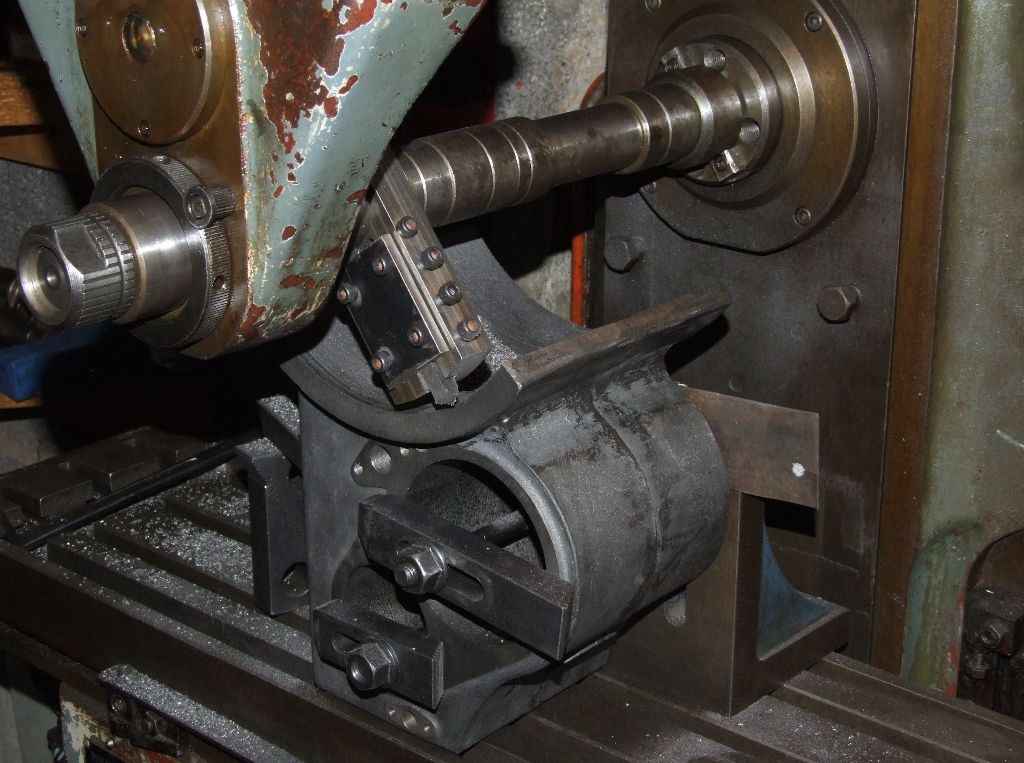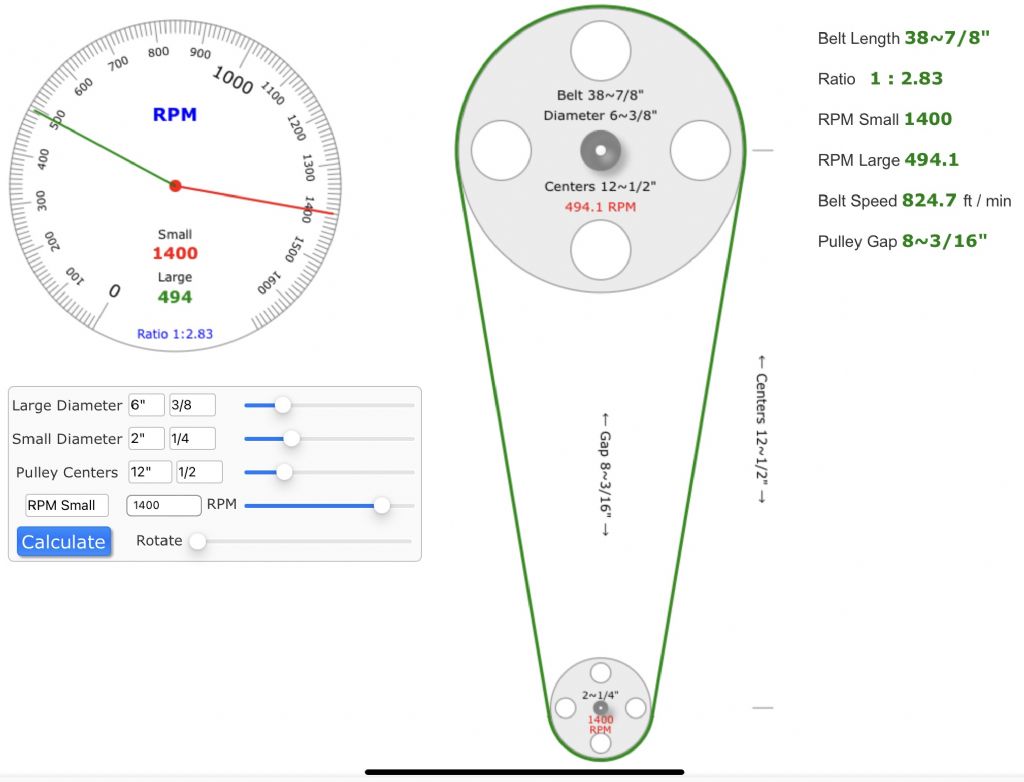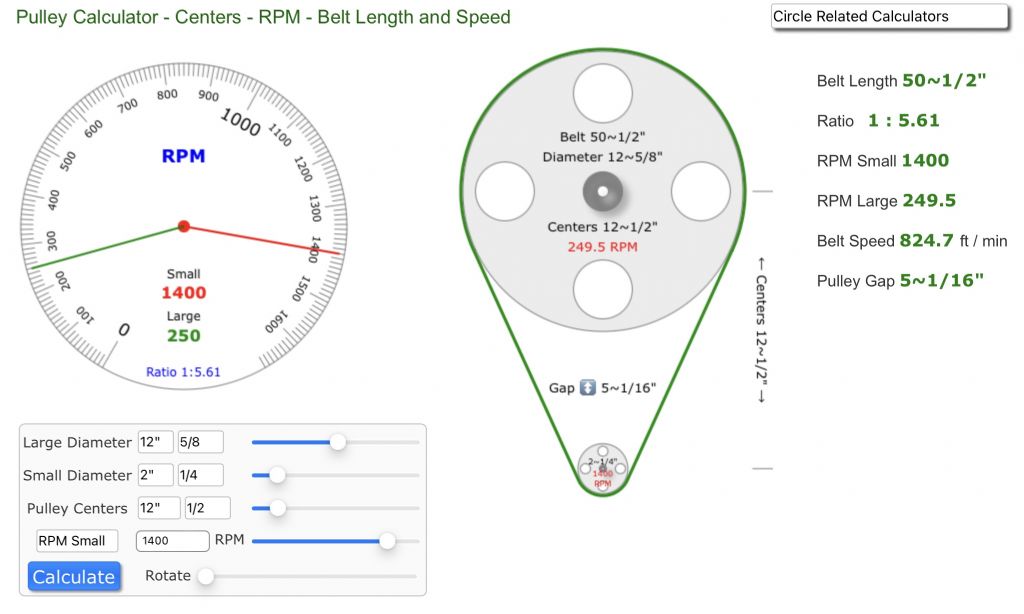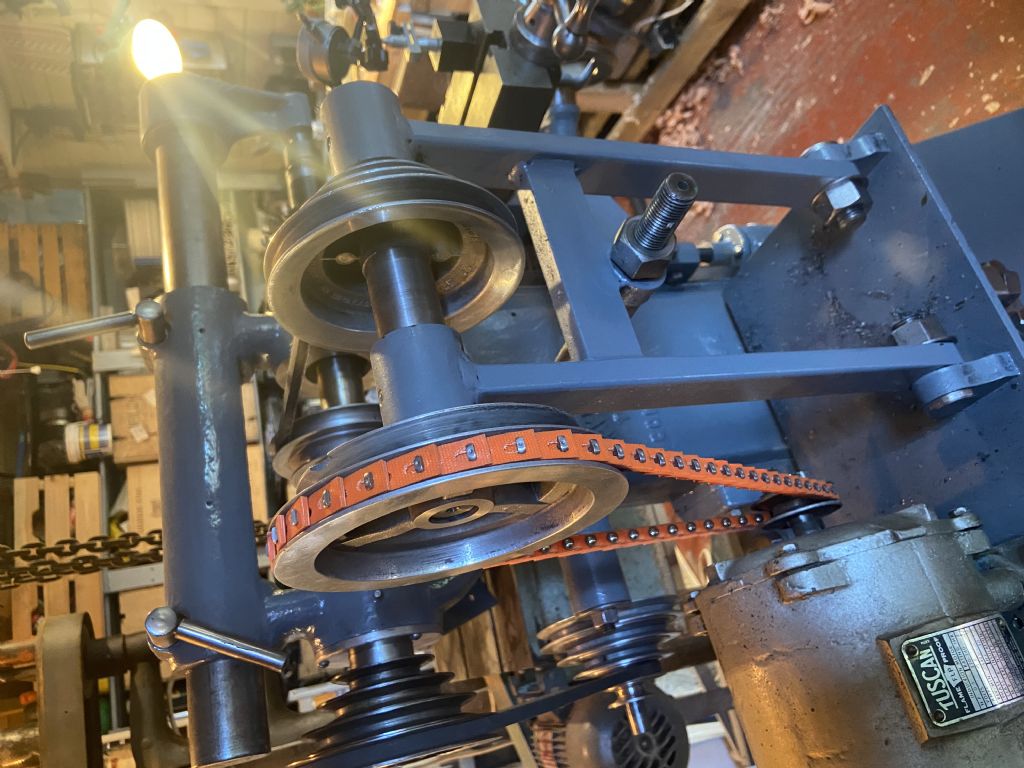Adjusting the horizontal mill
Adjusting the horizontal mill
- This topic has 54 replies, 10 voices, and was last updated 22 April 2023 at 13:24 by
Steve355.
- Please log in to reply to this topic. Registering is free and easy using the links on the menu at the top of this page.
Latest Replies
Viewing 25 topics - 1 through 25 (of 25 total)
-
- Topic
- Voices
- Last Post
Viewing 25 topics - 1 through 25 (of 25 total)
Latest Issue
Newsletter Sign-up
Latest Replies
- “swedish iron”
- TurboCAD – Alibre File Transfers.
- Another Day … Another ScumBag
- Sat nag
- buying machine tools from aliexpress experiences?
- Adjustable spanner thread direction
- Chester Champion, warco ZX15 drawbar
- Bosch PBD 40 bearing upgrade
- Square end on round stock – Milling?
- motor and switch wiring Myford ML7


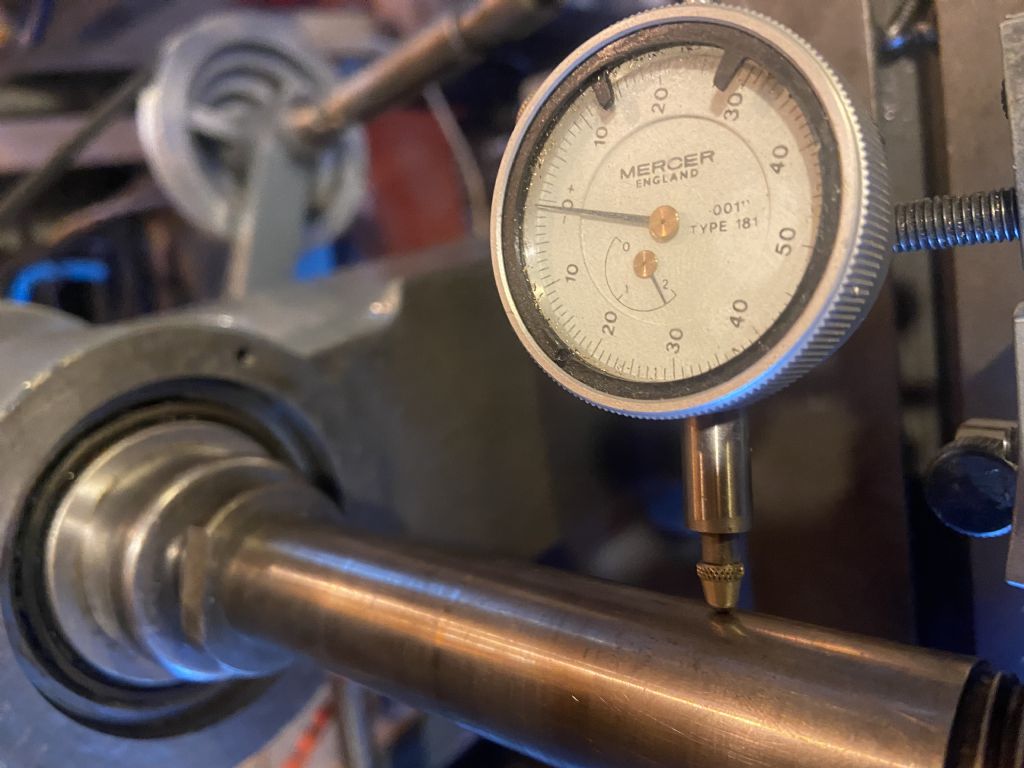
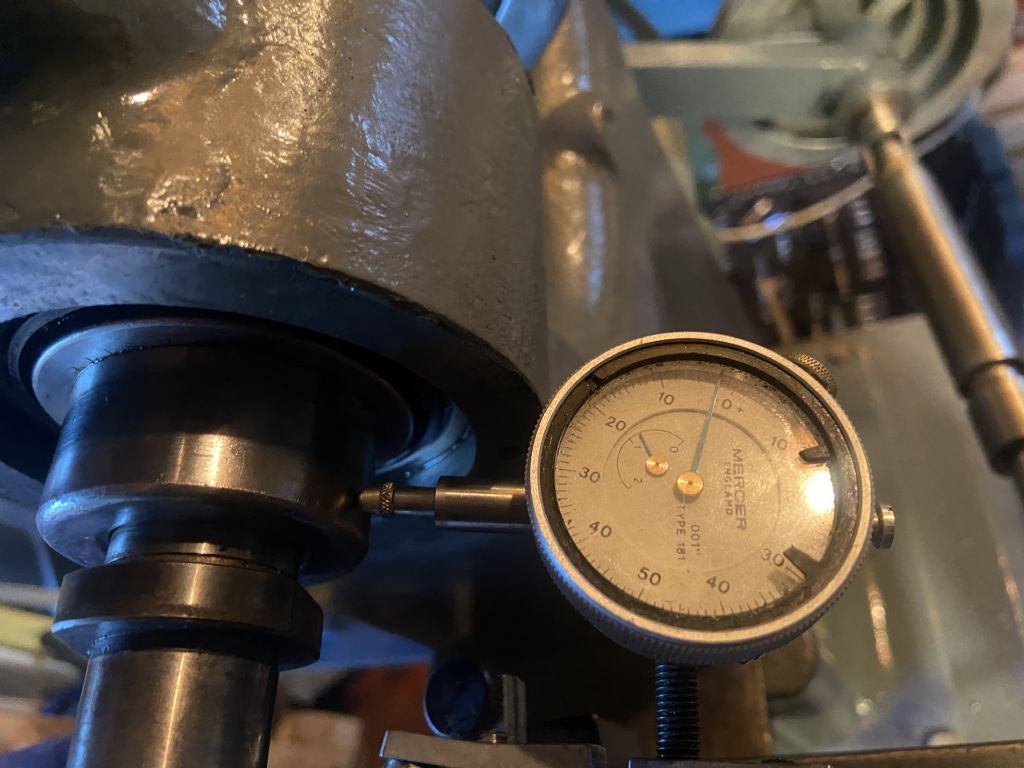
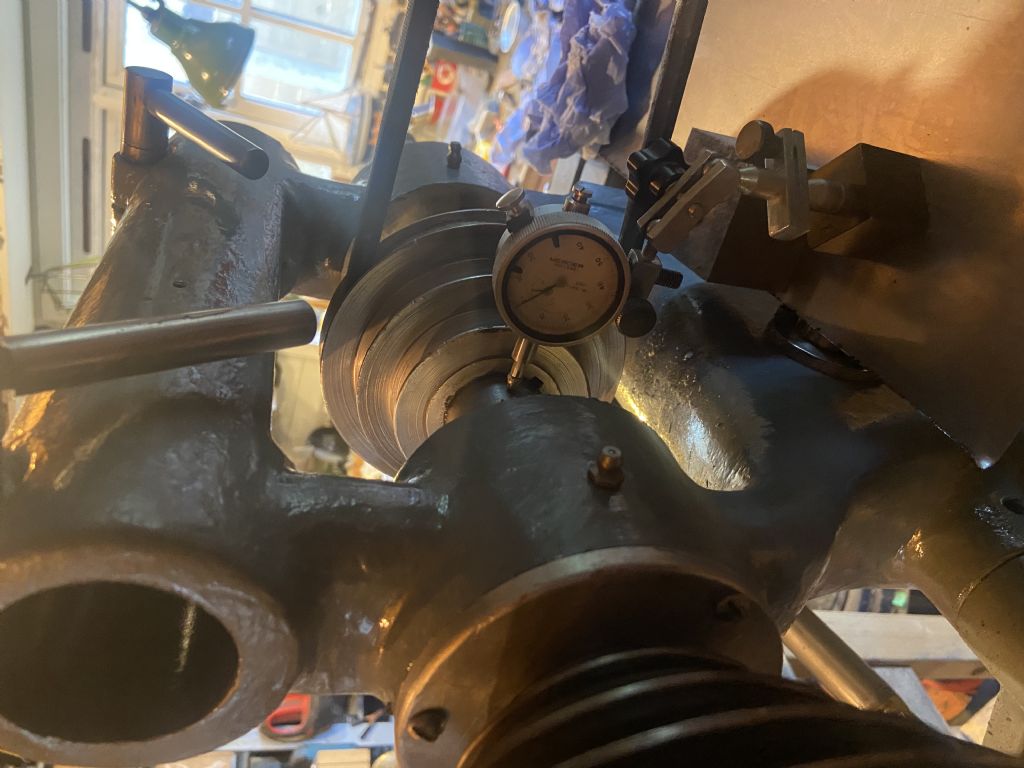
 But I will have a think about it, as you say there may be an back gear type solution.
But I will have a think about it, as you say there may be an back gear type solution.